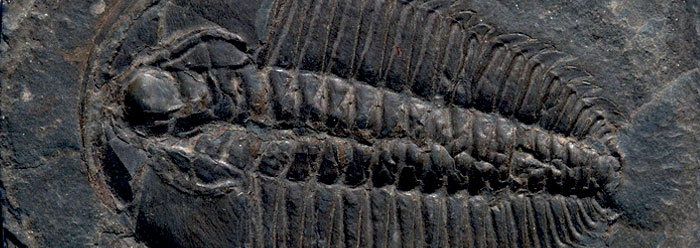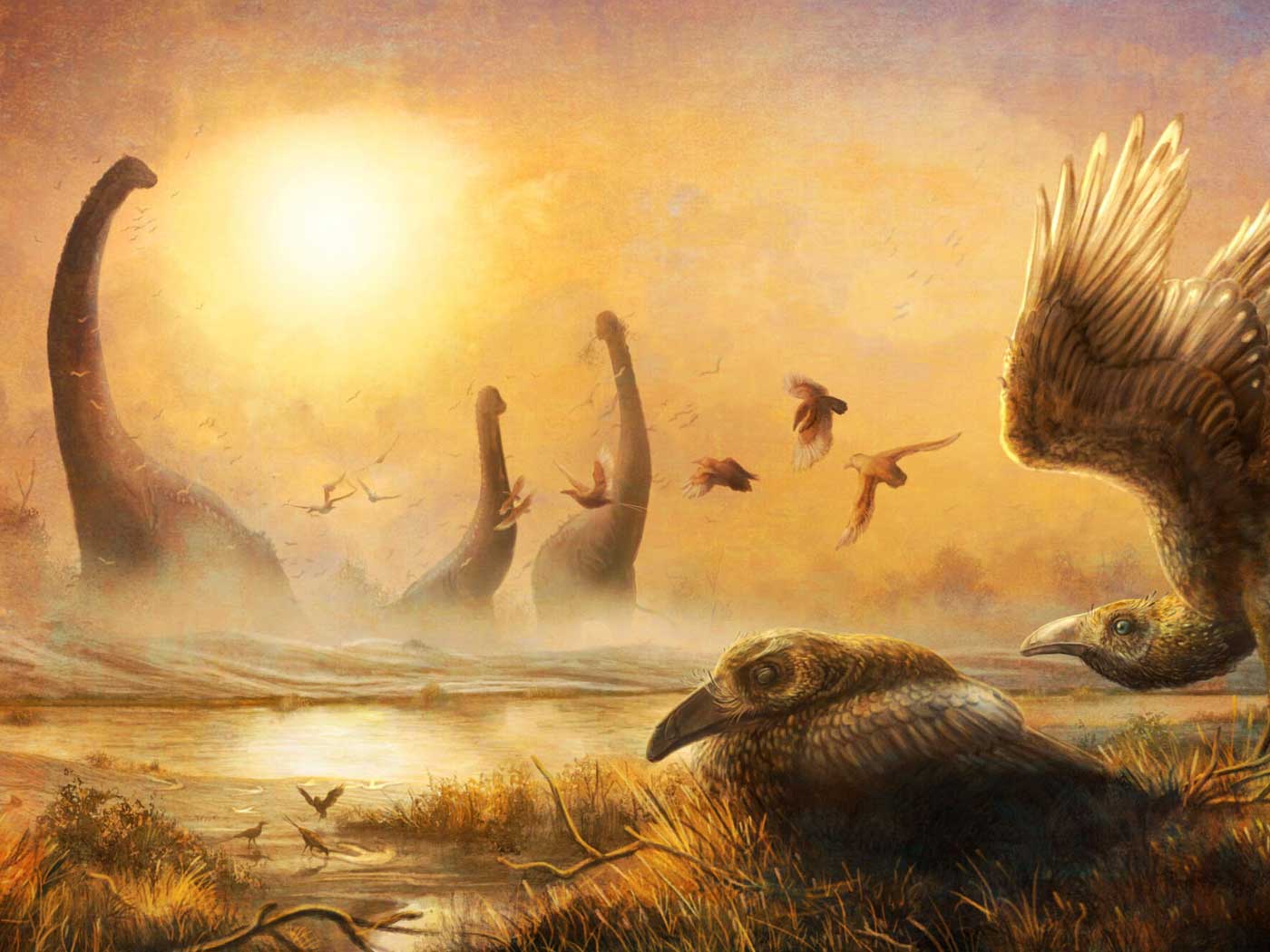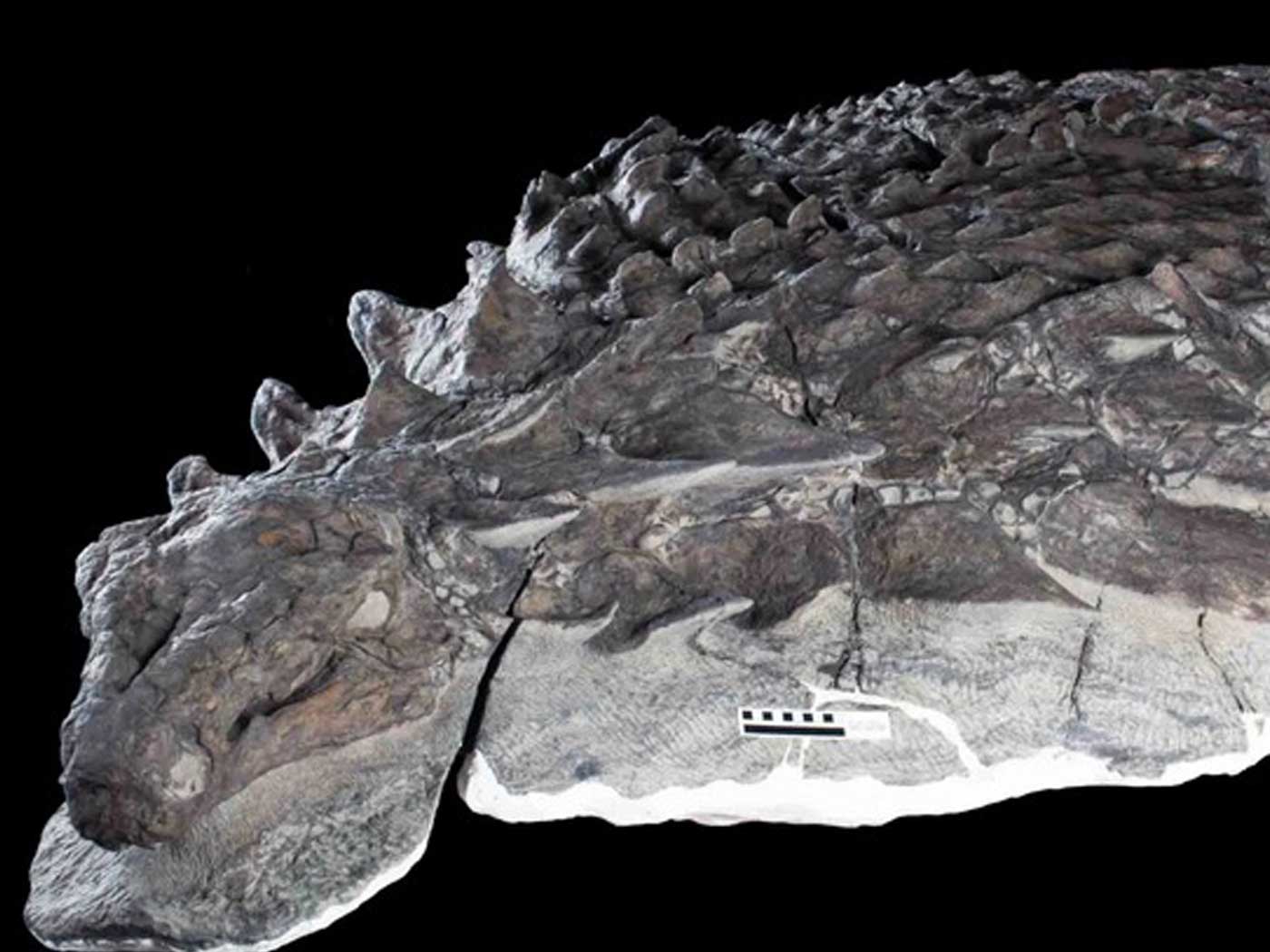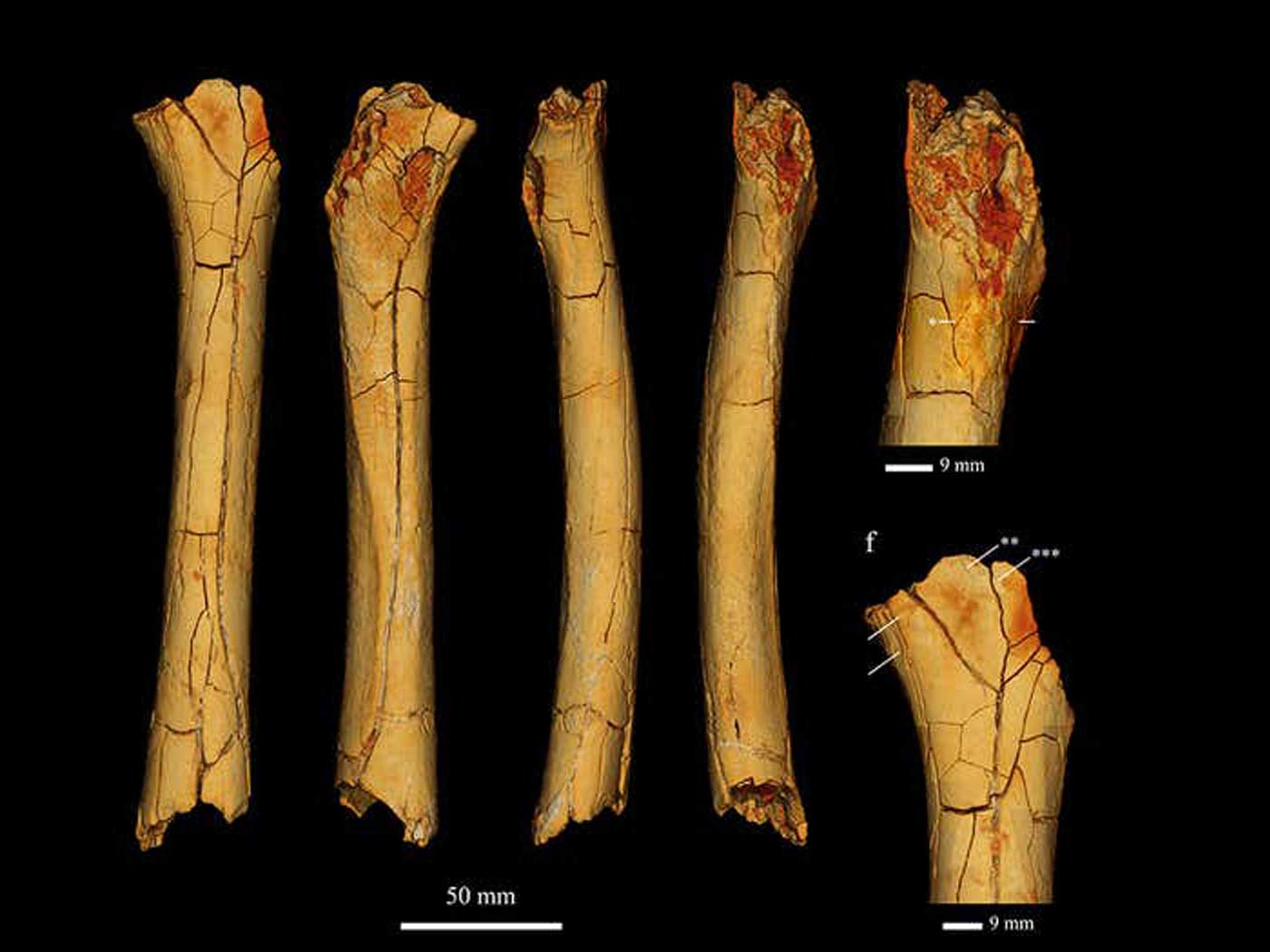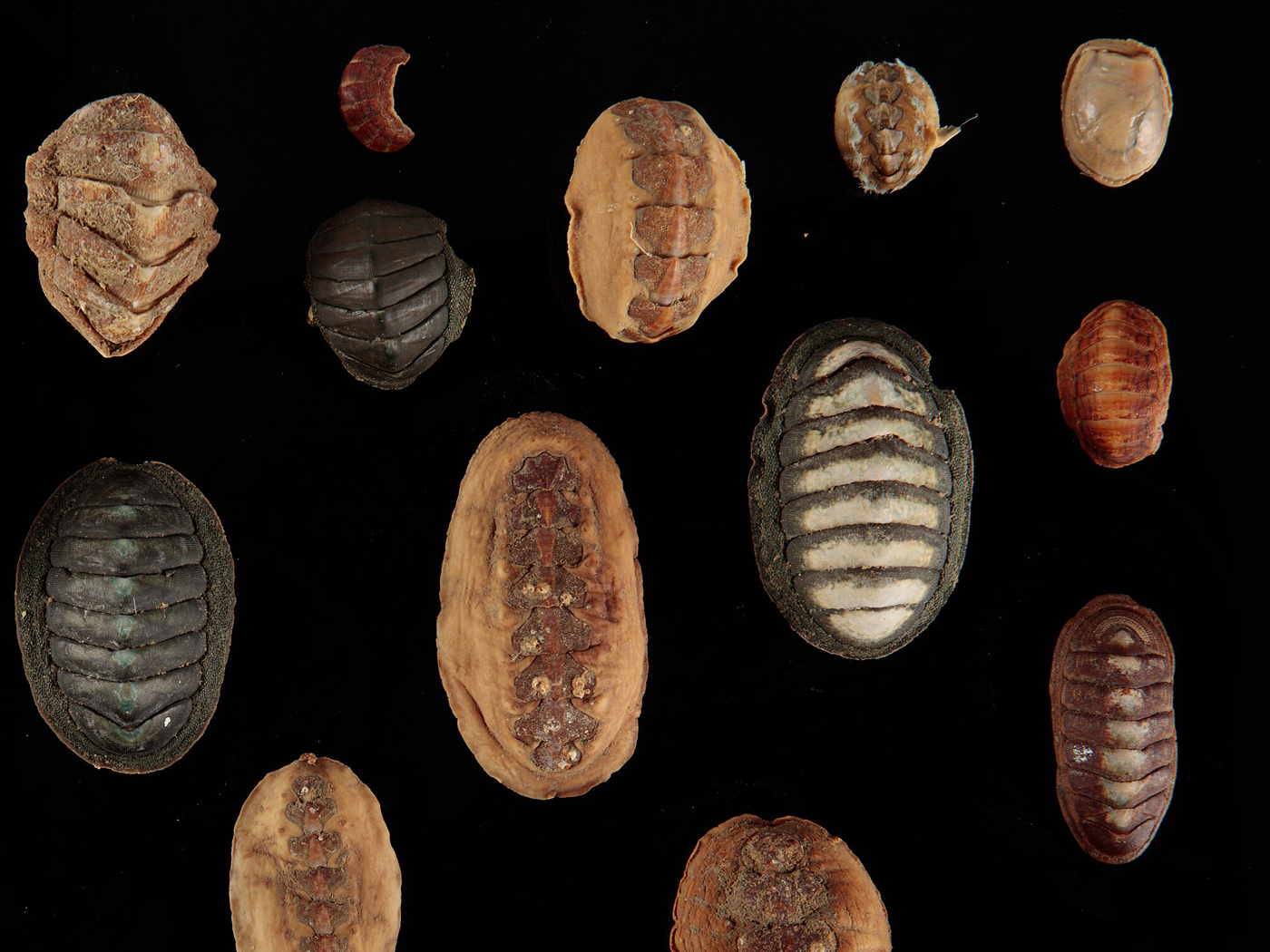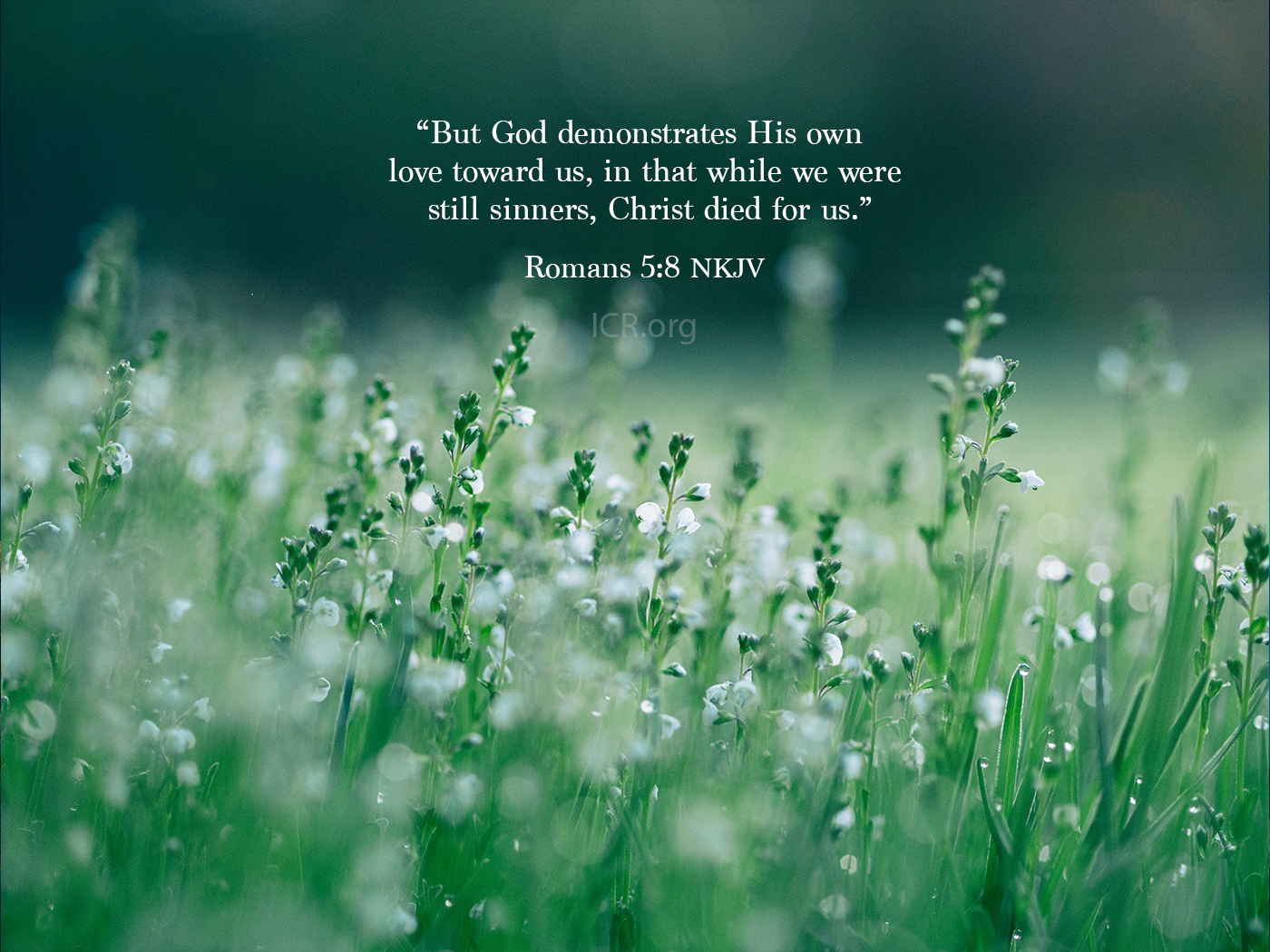In a recent issue of the journal BioScience, ecologist Jeffrey Levinton of Stony Brook University, New York, offered a well-written review of the current status of the “Cambrian Explosion” hypothesis and presented at least two enigmas in evolutionary thinking.1
First, Levinton noted that the sudden appearance of a vast array of fully-functional life forms in “Cambrian” rock strata is not the result of any known evolutionary process, though he provided several possible evolutionary scenarios using the words “might,” “perhaps,” “may,” and “speculate.” Second, he also bravely admitted that the designated evolutionary time of arrival for the first animal life grossly conflicts with the extrapolated times given by “molecular clock” analyses, which use assumptions about DNA or protein sequence similarities between kinds to determine age.
Evolutionary geologists have “dated” Cambrian rock at 542 million years. According to their model, which exclusively selects long ages and rejects otherwise legitimate young ages for rocks,2 the most radical diversification of life forms occurred within a “geological” blink of an eye near the lowermost sedimentary strata. After a review of the fossil and molecular data, Levinton said, “The presence of genomic complexity, right at the dawn of bilaterian animal life [i.e., animals with bilateral symmetry], is inescapable.”3
He summarized the contrasting molecular clock ages: “All major studies consistently produce a date of divergence [emergence of animal life]…considerably before the beginning of the Cambrian.”4 How long before? The estimates range from 586 to over 1200 million years!5 Either the molecular clocks are wrong, the rock dates are inaccurate, or both.
The sheer width of this range of dates justifies the author’s conclusion that “it is likely that the assumptions of the models of molecular evolution may influence the outcomes too strongly to allow any significant confidence in estimates of molecular dates for the divergence of the Bilateria.”5 Whereas Levinton suggests that the biological dates should defer to the authority of the geological dates, creation scientists would suggest that assumptions of evolution may influence both of them too strongly to allow any confidence in either.
How might the mainstream evolutionary model find harmony? According to Levinton, “We can only hope that better evidence will emerge.”6 Despite the fossil record’s lack of supporting evidence, and despite the disparity between the fossil data and molecular clock analyses, many scientists nonetheless cling to evolutionary explanations.
The creation model, on the whole, is not in a desperate need of “better evidence.” The sudden appearance of fully-formed fossilized creatures is consistent with the creation of all animals during one week—not over millions of years. Further, the appearance of fossil sea creatures at the bottom of an earth-encompassing set of sedimentary rocks must, in most locations, correspond with the onset of the Genesis Flood. Third, both the internal and external inconsistencies of widely-varying molecular clock ages lead us to agree with Levinton’s skeptical attitude toward those dates. These all combine to give us great confidence in the accuracy and authority of the biblical record, complete with its young-earth dates.
References
- Levinton, J. S. 2008. The Cambrian Explosion: How Do We Use the Evidence. BioScience. 58 (9): 862.
- Humphreys, D. R. 2003. New RATE Data Support a Young World. Acts & Facts. 32 (12).
- Levinton, The Cambrian Explosion, 860.
- Ibid, 857.
- Ibid, 858.
- Ibid, 862.
* Mr. Thomas is Science Writer.
Article posted on October 20, 2008.




